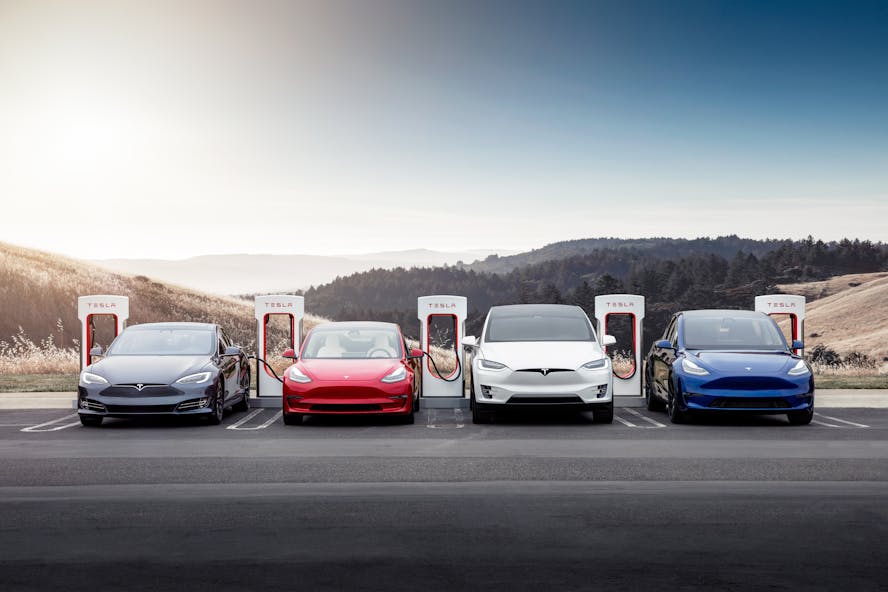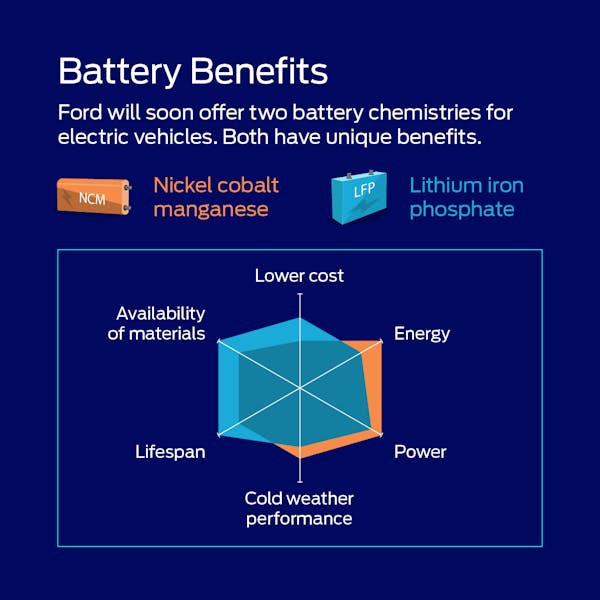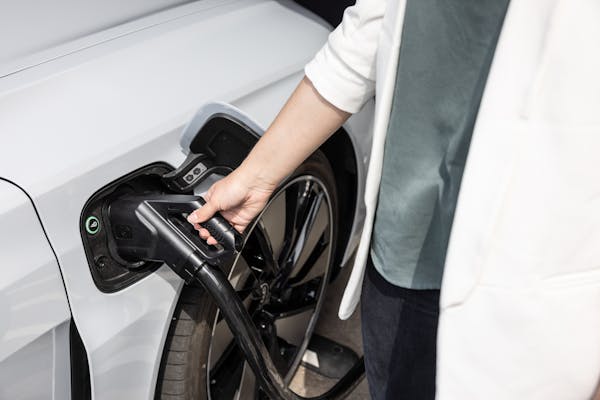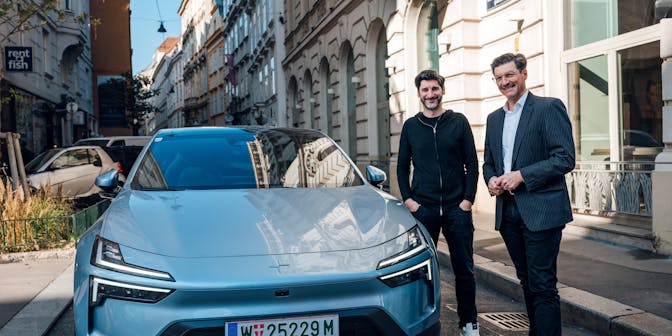How do electric cars work?
Have you ever wondered, how electric cars work? Get the answer in this guide from DriveElectric’s experts including info on different types of electric cars.
You probably know that electric cars offer a cleaner and greener alternative to those with combustion engines. You’ll also likely know that the UK is banning the sale of new petrol and diesel cars by 2035.
But do you know how electric cars actually work? Here’s what you need to know.

How does an electric car work?
An electric car has a completely different engine to an internal combustion engine (ICE) – those which are used to power petrol and diesel cars. An ICE car is powered by liquid fuel mixing with air to create energy which in turn powers the vehicle – this is called the combustion process.
So, how do electric car engines work? An EV has an electric motor powered by batteries. These batteries are charged by a cable, and store energy in them which in turn powers the car. Some EVs will have one battery and some will have two, depending on the model.
With electric vehicles, a process called regenerative braking also happens when you lift off the accelerator. This converts kinetic energy into electricity which is then fed back into the battery.
The components of an electric car
EVs are easier to maintain and look after than vehicles with internal combustion engines due to the smaller number of parts. In fact, EVs have 90% less moving parts.
The key parts of an EV include:
-
Electric engine/motor
This provides the power to move the wheels.
-
Inverter
To convert the current in the form of a Direct Current (DC) to Alternating Current (AC).
-
Drivetrain
This single-speed transmission sends power from the motor to the wheels.
-
Batteries
Used to store the power to run the EV. Battery power is measured in kilowatts (kWs).
-
Charging
This is where you plug your EV into your charging point to charge your battery.
-
So, do electric cars use oil? No electric cars don’t use oil at all. Oil is used in combustion engines to lubricate the number of moving parts. As electric cars have so few moving parts, oil isn’t needed.

What is cobalt used for in electric cars?
The majority of electric vehicles are powered by lithium-ion batteries. The lithium-ions move from the battery’s negatively charged anode to its positive cathode.
Cobalt is used in lithium-ion batteries for two reasons. The first is that it is energy dense, which means that it can handle a lot of electricity relative to the amount used. The second is that it has excellent heat-resistant properties, which is super important for safety. The cathodes in lithium-ion batteries are comprised of between 10 and 30% cobalt. Each EV needs around 6 and 12kg of cobalt.
We’re currently seeing a slight shift away from the use of cobalt with Tesla and Ford transitioning towards a chemistry without cobalt called lithium-ion phosphate (LFP). This is for their lower range EVs.
How are electric cars maintained?
Due to their fewer moving parts, electric cars cost around 30% less to service and maintain than petrol or diesel vehicles. But that doesn’t mean you can ignore maintenance.
You’ll need to maintain your electric car by servicing it to check for:
- Tyre wear and tear
- Tyre pressure
- Brake fluid changes
- Windscreen wiper replacement
You’ll also need an annual MOT, but this won’t include an emissions test. Plus there will be fewer parts to test which should result in minimal repairs.
What are the different types of electric cars?
Whilst you’ll of course be able to choose from a range of different models and between manufacturers, there are four broad types of electric vehicles. They include the following:

What do you need to charge your electric car?
All EVs need to be charged, and you have a few options to do this. You can charge at home, at work, or on the go.
Around 80% of electric car charging is done at home. It’s also a cheaper alternative than using public charging points, so it makes sense to get an electric car charger installed.
If you live in a flat or a rental property with off-road parking, you can benefit from a government grant which provides £350 towards the cost of having a charger installed. The average cost is usually between £800 and £1500.
Whilst you have a few options for the power of your home charging point, we recommend getting a dedicated, professionally installed 7kW home charger. You can read more about the cost of getting a home charger installed and how to do it (link to guide when live) with our handy guides.
Are electric cars really the future?
You don’t need to ask us this, we’ve been banging the drum for electric vehicles since 2008. The truth of the matter is that electric vehicles offer a much more environmentally friendly solution. We’ve seen government policy begin to back this up, and it’s expected that in just two years 20% of all global car sales will be for electric vehicles.
And the innovation continues apace. We’ve already touched on the changes in engines to move away from the use of cobalt. Vehicle-to-grid charging is set to become much more commonplace too. This is where electric vehicles effectively work as power banks and return energy to the electricity grid during peak times. We’re also seeing innovations around smart charging, and that’s before we get started on the latest models from Tesla, Audi, BMW and Hyundai. Many of which you’ll soon be able to lease from DriveElectric.
To learn more about electric vehicles simply get in touch with our expert team today. And if you know which make and model you’d soon like to drive off in, fill out our online form for an instant quote on your next electric vehicle lease.
More EV guides
Understanding Vehicle Excise Duty (VED) or "Road Tax" for EVs

How to save money on a new car with Salary Sacrifice
How is salary sacrifice calculated?
